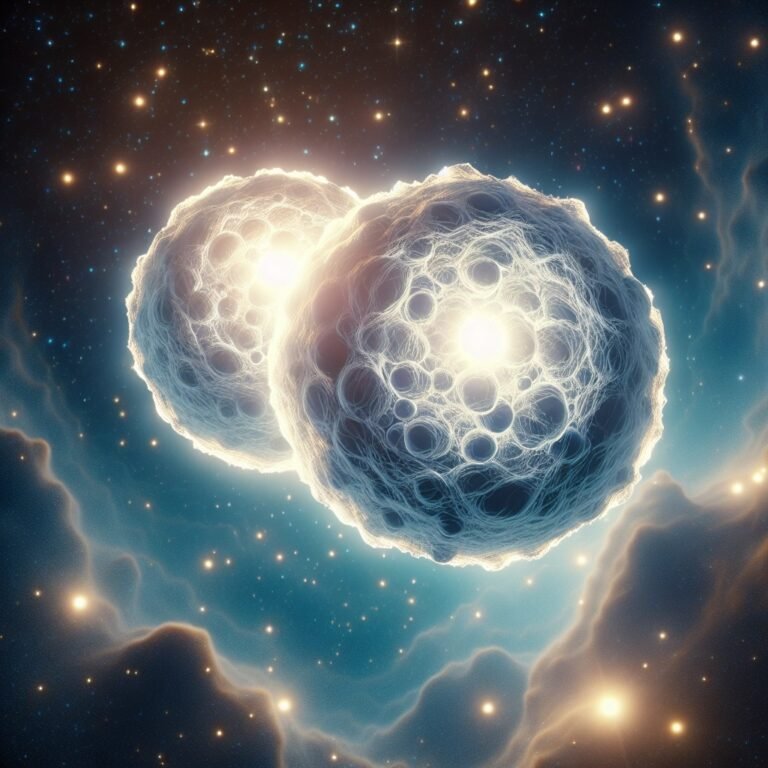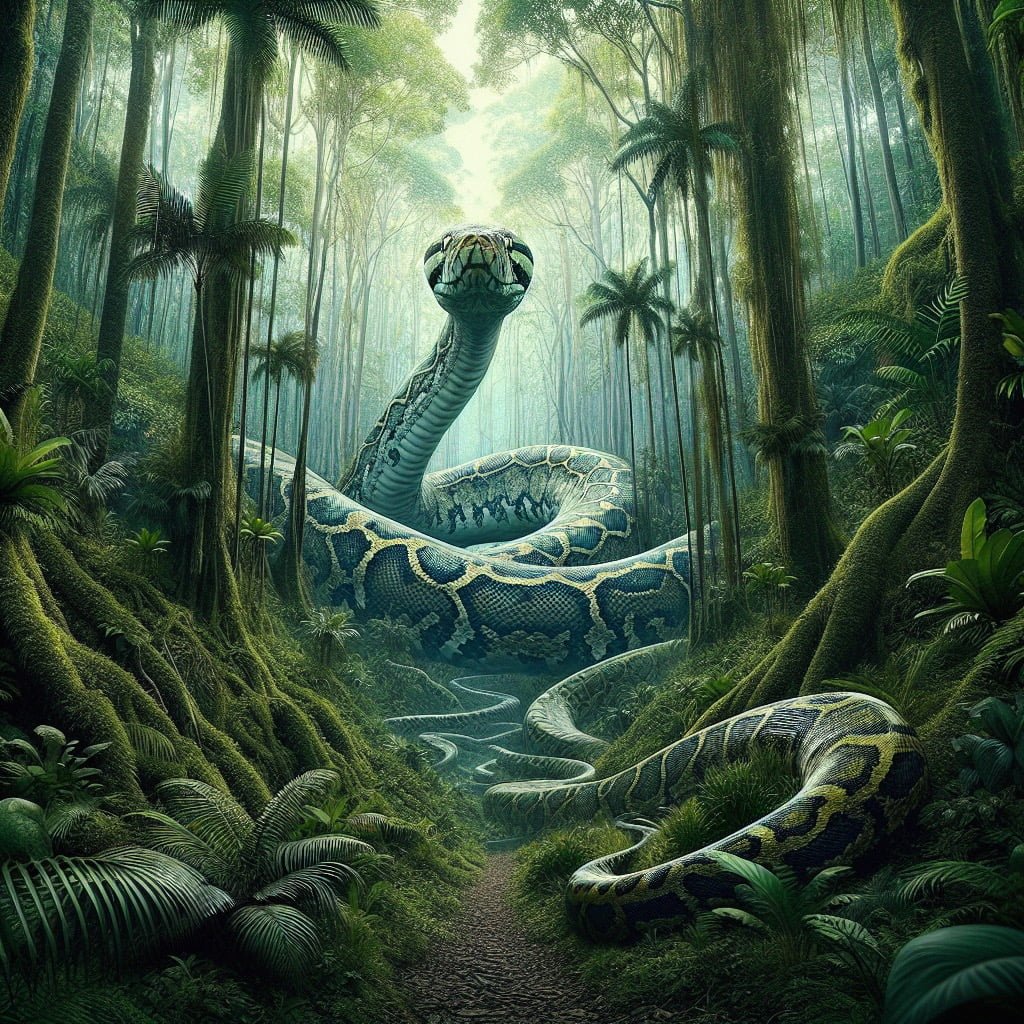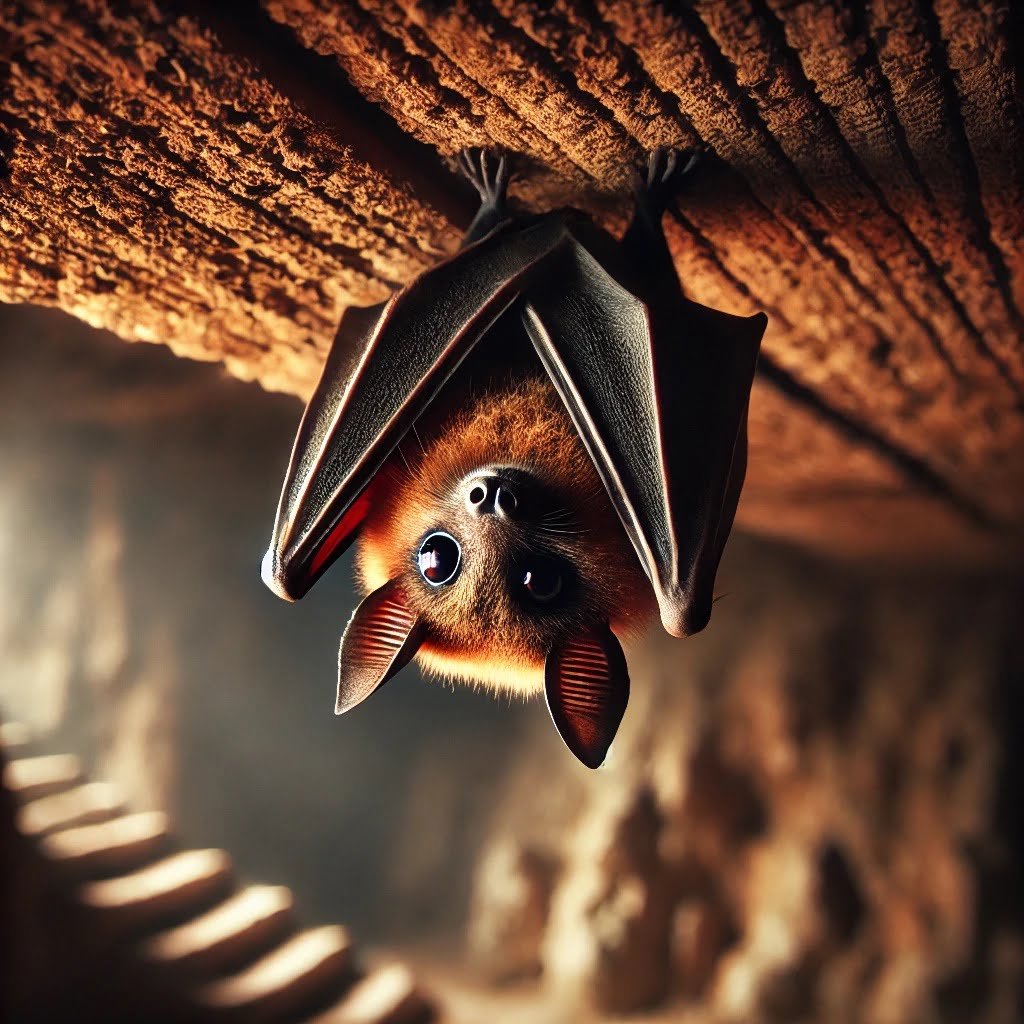Neutron stars are among the most fascinating and extreme objects in the universe. But what exactly are neutron stars?
Answer
Neutron stars are incredibly dense remnants of massive stars that have exploded in supernovae, composed mainly of tightly packed neutrons, and typically have a radius of about 10 kilometers.
Simple Explanation
Neutron stars are like the leftover cores of big stars after they explode. They’re super small and super heavy, made mostly of neutrons packed together tightly!
Detailed Explanation
When a massive star runs out of nuclear fuel, it cannot support its own weight, leading to a dramatic collapse. This collapse causes the outer layers to explode into a supernova, leaving behind the dense core we call a neutron star. These incredible objects pack more mass than our Sun into a sphere only about 10 kilometers across, making them extremely dense. In fact, a sugar-cube-sized amount of neutron star material would weigh as much as a mountain on Earth!
Characteristics of Neutron Stars
- Density: Neutron stars are one of the densest types of stars in the universe, with densities reaching over 400 million times that of water.
- Magnetism: Many neutron stars have incredibly strong magnetic fields. Some can be up to a trillion times stronger than Earth’s magnetic field.
- Rotation: Neutron stars can rotate very quickly, sometimes spinning several times per second due to conservation of angular momentum from the original star’s collapse.
Neutron stars can also emit beams of radiation that sweep across space, which is observed as pulsars when these beams are directed toward Earth. This precise pulsing can be used to study their properties and contributes to our understanding of fundamental physics, including the behavior of matter under extreme conditions.
Conclusion
Neutron stars are remarkable celestial objects that offer insights into the universe’s most extreme phenomena. Their study helps scientists deepen their understanding of stellar evolution and the fundamental laws of physics.
FAQ
Q: How are neutron stars formed?
A: Neutron stars are formed from the remnants of massive stars after they explode in supernovae, leaving the dense core behind.
Q: What is the size of a neutron star?
A: Neutron stars typically have a radius of about 10 kilometers, but contain a mass greater than that of the Sun.
Q: Can we see neutron stars?
A: Neutron stars can be detected through their emissions, especially as pulsars when they emit beams of radiation observed from Earth.
Q: What happens if two neutron stars collide?
A: A collision can create a more massive neutron star or lead to the formation of a black hole, and it also releases gravitational waves.




